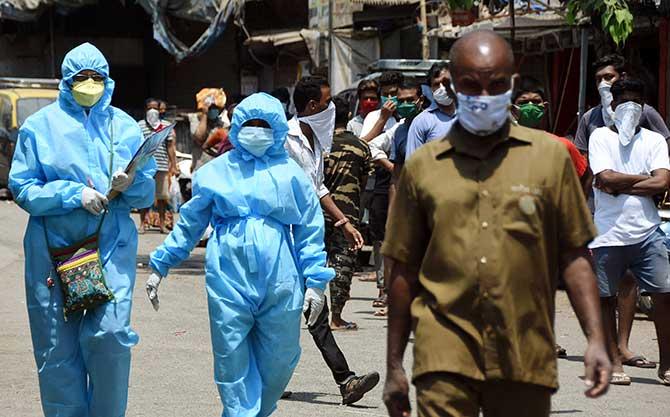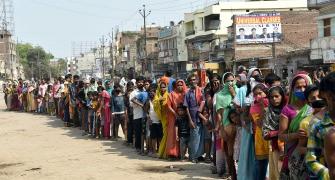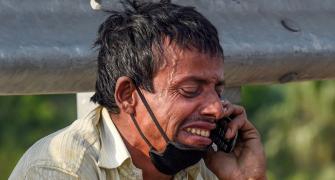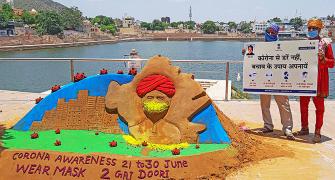The March 2020 lockdown did not stop the spread of infection (as it triggered a huge reverse migration from cities), but it did help to flatten the curve and gave time to scale up health infrastructure.

Restrictions that began with India's lockdown three years ago, among the strictest in the world, also took longer than many other large economies to loosen.
The value of the COVID-19 government response stringency index was at 100, indicating the strictest possible restrictions in place, in March 2020.
It slipped below 50 only in 2022, show numbers from tracker Our World in Data that compiles information from the index developed at Oxford University.
Many others in the top five economies of the world had fewer restrictions or unwound sooner, shows a Business Standard analysis of monthly data across countries.
Germany's stringency index value had been brought down below 50 as early as September 2020.
Japan remained below 50 for much of the pandemic.
The United States had brought restrictions down to an index value below 50 by July 2021.
India's stringency index value was below 50 only by March 2022.
China was the only other country where restrictions remained high in at least some parts till December 2022 (see chart).
The March 2020 lockdown did not stop the spread of infection (as it triggered a huge reverse migration from cities), but it did help to flatten the curve and gave time to scale up health infrastructure, according to experts.
India was making only 6.24 million pieces of PPE (personal protective equipment) kits per annum before the pandemic, and by June 2021 this capacity was ramped up to 238.87 million pieces per annum.
According to data from the Association of Indian Medical Device Industry, an umbrella organisation of medical device makers across the country, India used to make only 3,360 pieces of ventilators before, and now makes over 7 lakh pieces per year.
For masks, the production has gone up from 313.6 million pieces per annum to 3.55 billion pieces a year. By November-December 2021, almost one-third of this capacity was lying idle.
Similarly, the country had enhanced its overall oxygen capacity -- including liquid medical oxygen and via pressure swing adsorption (PSA) plants -- to over 20,000 tonnes per day after the second wave of COVID-19 infections led by the Delta variant wreaked havoc. This is almost a 20-fold increase.
Almost this entire infrastructure is now not being used; industry estimates current demand for medical oxygen to be around 1,250-1,300 tonnes per day (tpd).
Medical oxygen demand had touched a peak of 3,095 tonnes during the first wave (on September 29, 2020).
In April 2021, the demand for medical oxygen shot up to an average of 5,500 tpd in the third week of April last year during the Delta wave.
Many states in India had broad restrictions, which did not necessarily vary with the severity of cases, according to a December 2022 University of Oxford paper entitled Indian state-level policy responses to COVID-19 during the second wave.
'The basket of policies being adopted by states was largely similar in both instances and regardless of state-wide case-levels, and has the potential to be better targeted to suit individual state circumstances. There is also potential for better coordination of restrictions and policies,' said the study from authors Radhika Nagesh, Manikantha Nataraj, Himangshu Kumar, Thomas Hale, Anna Petherick and Toby Phillips.
Factors other than the pandemic may also have played a role in restrictions, according to the paper.
'There is significant temporal variation in when restrictions were imposed by states, linked to political activities like rallies for upcoming elections or important political events, around the second wave of the pandemic,' it added.

Feature Presentation: Ashish Narsale/Rediff.com











